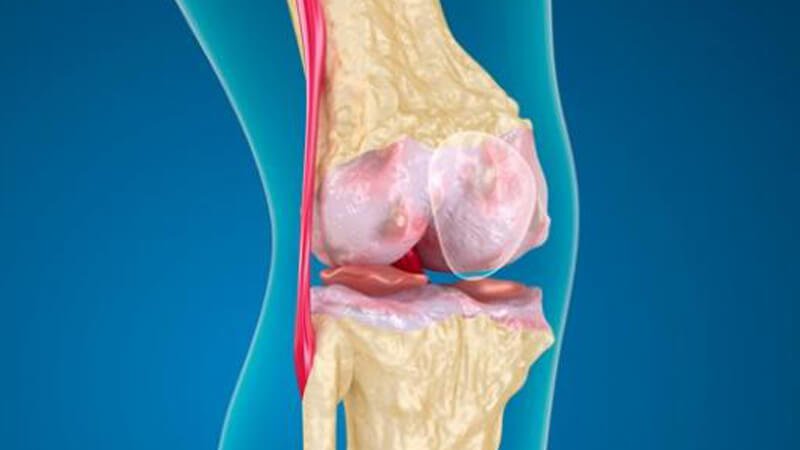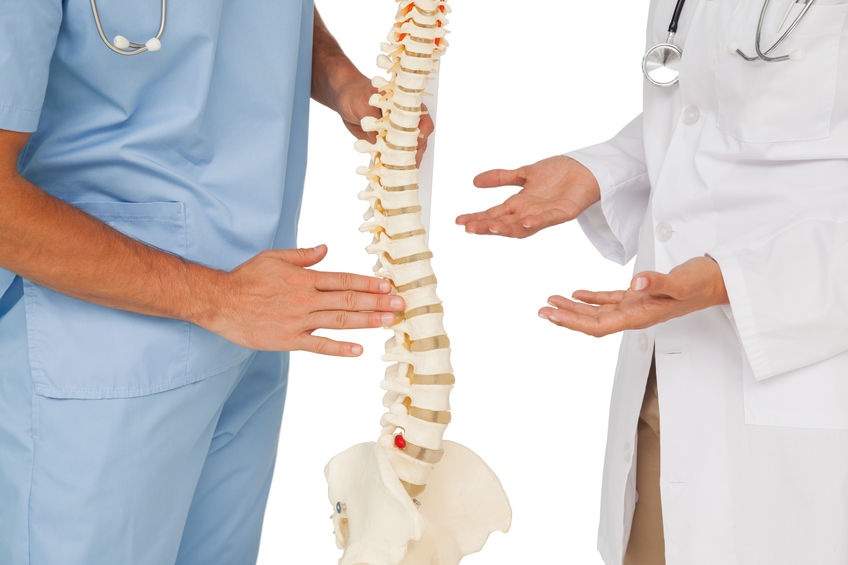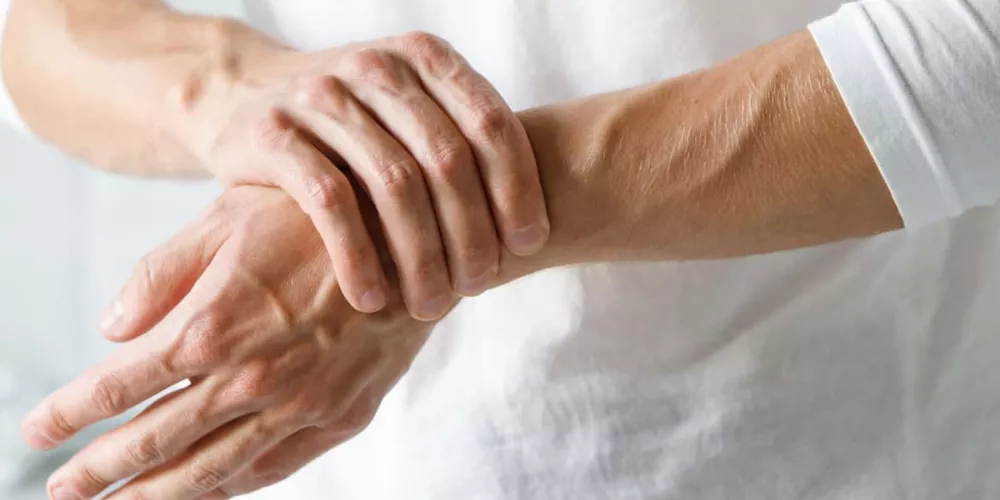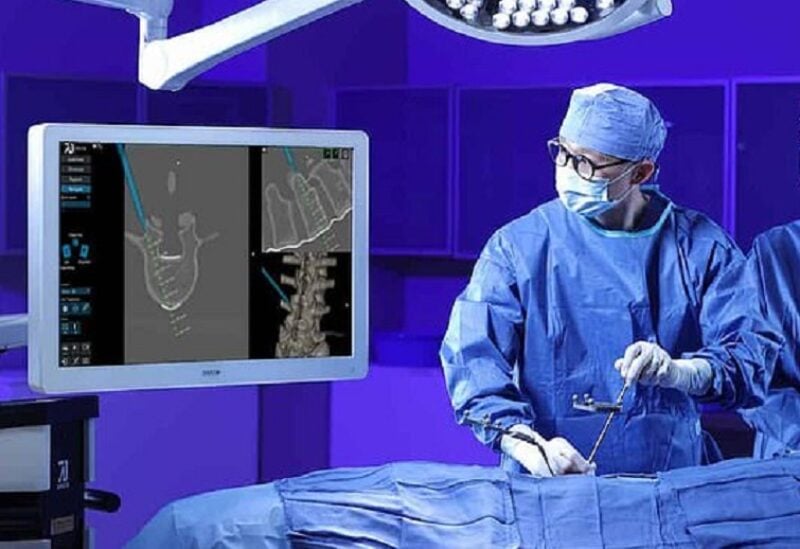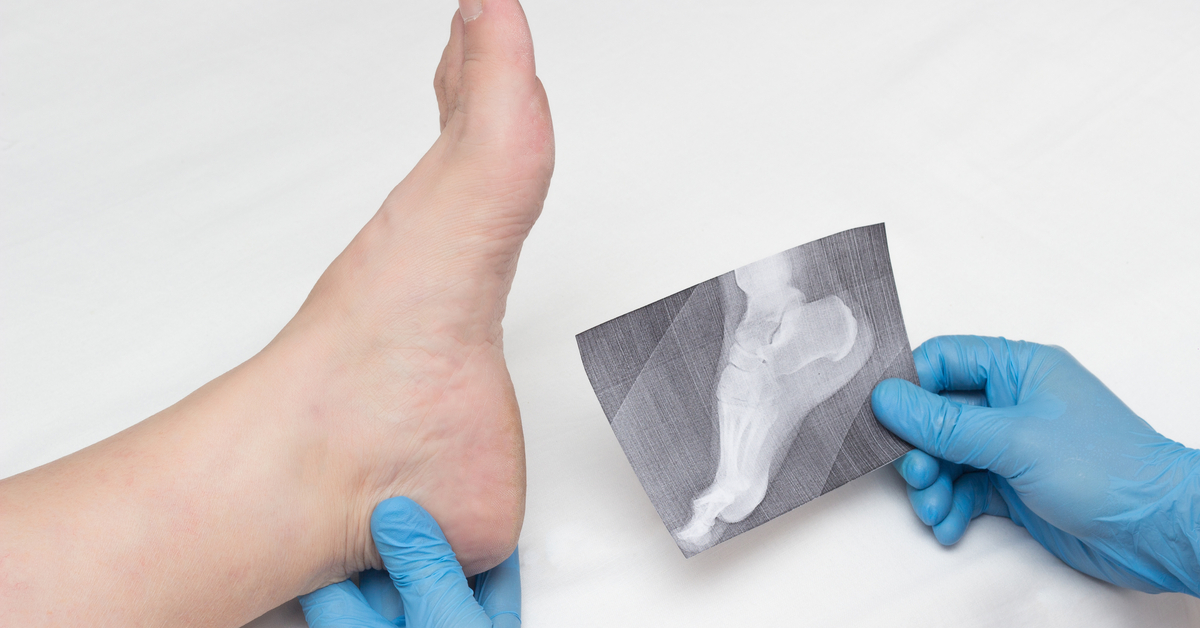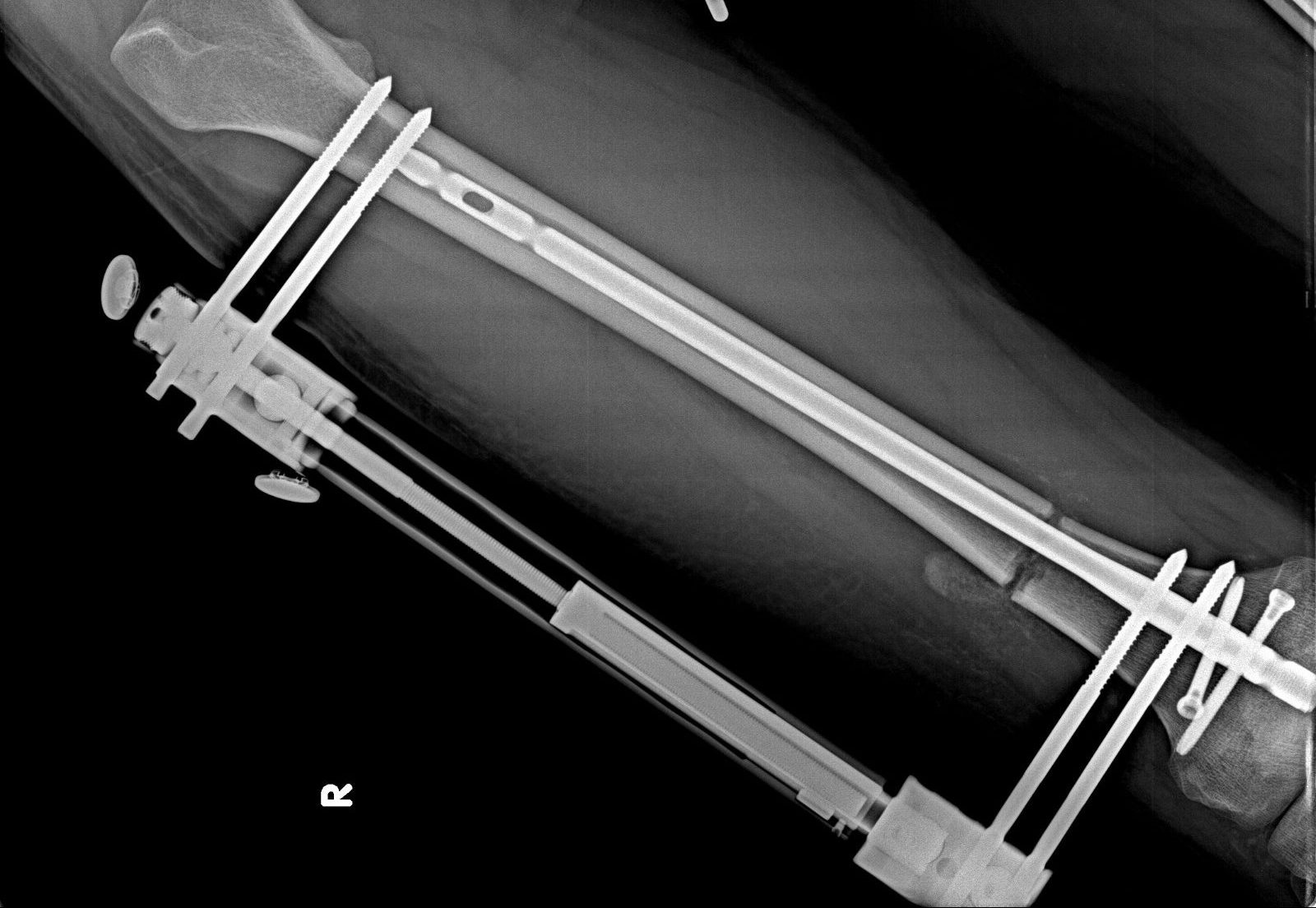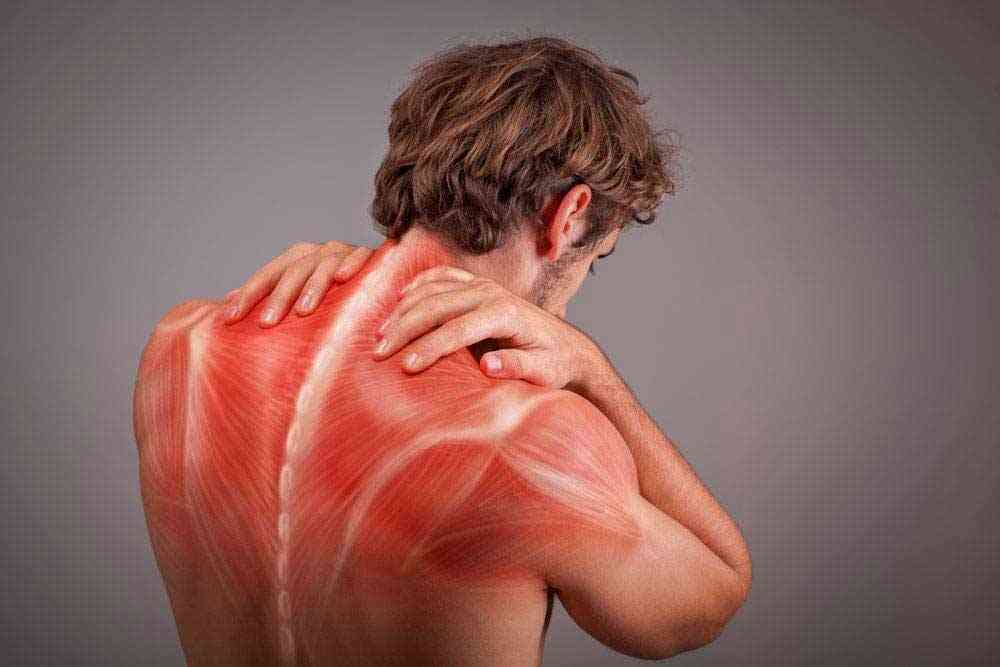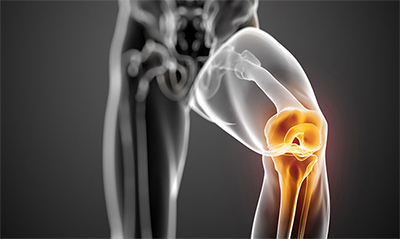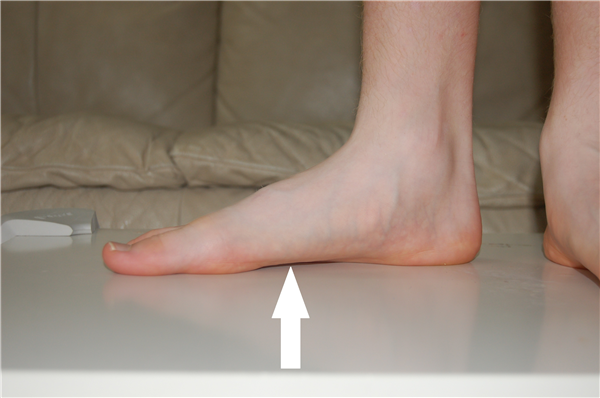!Knee Arthroscopy Cost in Egypt and Its Main Damages
Knee arthroscopy cost in Egypt, Knee arthroscopy is considered one of the most important operations currently resorted to for treating knee problems, and through the following paragraphs we will learn more about the information related to the steps of performing the operation, its most important causes, as well as the material cost it requires and whether it is commensurate with the patient’s condition or not?
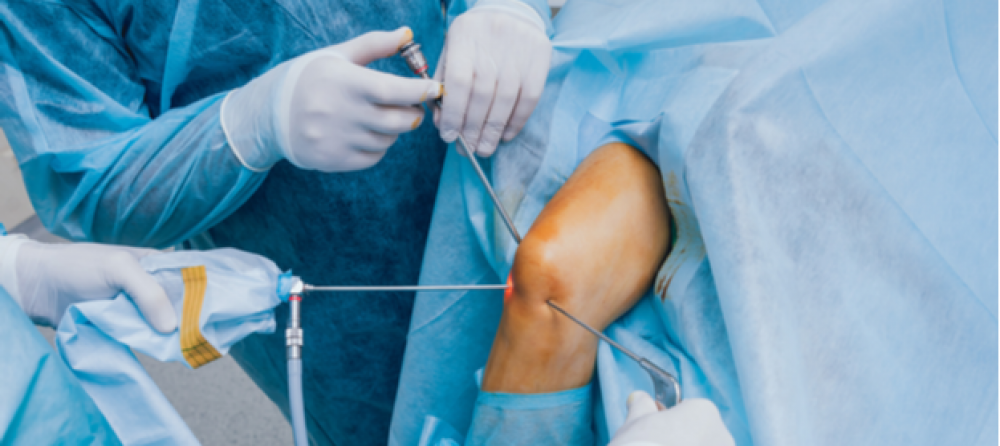
Knee arthroscopy cost in Egypt
Knee arthroscopy is one of the major surgical procedures that many people in Egypt need. The ability to determine the cost of this operation is due to several factors, which makes it variable and differs from place to place. Therefore, the average cost of knee arthroscopy in Egypt ranges between 50,000 to 100,000 Egyptian pounds, yet this figure is flexible and subject to change.
The cost of knee arthroscopy in Egypt may be affected by several factors. One of the most important of these factors is the type and degree of the medical condition. Some patients may need knee arthroscopy due to cartilage tears or joint inflammation, and there are other costs that may affect the total cost of the operation, such as the cost of medical equipment used and the cost of the hospital and doctors involved in the surgery.
Join the many satisfied patients who have regained their activity thanks to the expertise of Dr. Amr Amal in performing knee cartilage arthroscopy, where advanced technology meets superior care.
Factors that help determine knee arthroscopy prices
It is clear that the cost of knee arthroscopy with arthroscope in Egypt varies according to several factors. Before talking about prices, it is necessary to know that knee cartilage does not have a fixed price, but there are many factors that affect its determination.
Here is a list of factors that help determine knee arthroscopy prices:
- Type of procedure and complexity: Knee arthroscopy prices vary based on the type of surgical procedure required and its complexity, with procedures ranging from simple like removing loose bodies to complex like total cartilage replacement.
- Patient’s condition: The patient’s condition plays a critical role in determining the cost of surgery. If the patient has a torn cartilage or other joint inflammation, the surgery may require additional procedures that increase its cost.
- Accurate diagnosis: Determining the patient’s condition and accurate diagnosis requires the use of various medical examinations such as x-rays, MRI, and analysis of joint fluids. The costs of these examinations may also affect the final price of the surgery.
- Location and hospital: Knee arthroscopy prices often vary between different hospitals and clinics. A trusted and reputable location should be chosen to ensure high quality medical care.
- Surgical supplies and materials used: The cost of surgery also depends on the quality of surgical supplies and materials used during the procedure. The costs of these items may vary according to their quality and brands.
- Surgical experience: The surgeon’s experience plays an important role in determining the cost of surgery. Surgeons with extensive experience may charge higher fees due to their skills and expertise in this field.
Causes of knee cartilage injury
Knee cartilage injury is one of the common injuries that many people suffer from, and it may occur due to several causes. In these paragraphs, we will review some of the main causes that lead to knee cartilage tears, including:
- Violent and repetitive activities: Knee cartilage tears can occur due to sudden violent force on the knee, such as sudden stopping or violently twisting. Also, jumping, kneeling, and squatting are activities that may cause knee cartilage tears. These activities should be avoided and pressure/loading on the joint reduced.
- Aging: With aging, knee cartilage becomes more brittle and prone to wear and tear, thus increasing the likelihood of tears in this cartilage in older people.
- Repeated sports activities: For people who play sports intensively and repeatedly, such as football or basketball, they may be prone to knee cartilage tears. This is due to the fast and powerful knee movements that occur during these sports.
- Previous injuries: Knee cartilage tears may be the result of previous untreated injuries or injuries that have left traces on the joint. If there are previous knee injuries, there is a greater chance of cartilage tears.
- Other factors: Some other factors may increase the risk of knee cartilage tears, such as excessive muscle tension on the knee or improper joint alignment. These factors should be avoided and healthy behaviors for the joint followed.
Regain your vitality and enjoy better motion after knee cartilage arthroscopy with Dr. Amr Amal, the ideal choice for precise surgery and comprehensive care.
Symptoms of knee cartilage tear
Here we provide you with the most important information about the symptoms of knee cartilage tear that may be faced by those affected by this injury:
- Severe pain: Severe pain is one of the most prominent symptoms accompanying knee cartilage tear. The patient may feel severe pain in the knee area when bearing weight or twisting/bending movements.
- Knee swelling: Knee cartilage tears may be accompanied by swelling in the knee joint, where swelling and redness appears in the affected area.
- Difficulty bending the knee: A patient with torn knee cartilage finds it difficult to fully bend the knee, feeling restricted knee motion and difficulty properly extending/bending the knee.
- Feeling of instability: Patients suffer from a feeling of instability in the knee, feeling that the knee is unstable and may feel the knee giving way when trying to move it.
- Creaking sounds: Patients may notice creaking or clicking sounds when moving the knee, a popping sound that can be heard during knee extension/flexion.
- Sense of swelling and redness: Knee cartilage tears may be accompanied by swelling and redness in the area surrounding the joint. The patient may feel restricted knee motion and worsening symptoms over time.
- Difficulty walking and bearing weight: Patients often have difficulty walking and bearing weight on the affected knee, due to the knee’s reduced ability to properly bear weight.
- Restricted motion: Knee cartilage tear is one of the causes of restricted knee motion. The patient may find it difficult to fully bend the knee or extend it.
For more information regarding knee cartilage surgery and the main symptoms of cartilage tears, read this article.

Procedures for knee arthroscopy surgery
The use of arthroscopic surgery in knee cartilage surgery is one of the procedures that enables specialized orthopedic surgeons to access the joint and diagnose or repair the problem. This procedure is considered safe, accurate and advanced, making it an ideal choice for treating knee cartilage problems. In this article, we will explore the different procedures involved in using the arthroscope in knee cartilage surgery as follows:
- Patient preparation: Before undergoing knee surgery with an arthroscope, the patient’s health condition must be evaluated and their medical history reviewed. Necessary examinations and tests are performed to ensure the patient’s ability to withstand the procedure.
- Anesthesia: Local or general anesthesia is applied to the patient before the procedure. The nursing team and medical staff give the patient the necessary sedatives and painkillers.
- Inserting the arthroscope: After anesthesia is administered, the surgical arthroscope is inserted into the joint through a small incision in the skin, and a small camera is used on the tip of the arthroscope to provide a clear view of the wound and surrounding tissues.
- Diagnosing the problem: Using the arthroscope, the knee joint is examined and the actual problem affecting the joint cartilage is identified, and images and videos of the joint are recorded for later review.
- Repairing the damage: After identifying the problem, the surgeon performs the necessary repairs using small surgical tools inserted through small incisions in the skin, where the necessary tools are used to remove damaged parts and repair tears.
- Recovery and wound care: Once the procedure is complete, the wound is closed while observing extreme care for cleanliness. Medical teams apply dressings and instructions for wound care to speed healing and minimize potential complications.
- Treatment and rehabilitation: The rehabilitation program after knee arthroscopy surgery is an important part of the recovery process, with physical therapy sessions and appropriate exercises provided to enhance joint strength, flexibility, and achieve complete healing.
Discover the effectiveness and precision in knee cartilage arthroscopic surgeries with Dr. Amr Amal, combining advanced techniques and medical expertise for superior fast results.
Reasons for knee arthroscopy
Knee arthroscopy is one of the common diagnostic procedures for joint problems, but there are a number of reasons and motivations that lead doctors to request this procedure. In this article, we will review some common reasons for knee arthroscopy:
- Repairing or removing knee joint cartilage: Knee joint cartilage may be damaged or torn due to excessive strain, athletic injury or aging. With knee arthroscopy, the surgeon can assess the condition of the cartilage and take the necessary action to repair or completely remove it.
- Reconstructing anterior cruciate ligament tears: Injuries to the anterior cruciate ligament occur especially among athletes. The knee arthroscopy process can be used to diagnose and repair anterior cruciate ligament tears by reconstructing the ligament using other body tissues or grafting.
- Removing inflamed synovial tissue: Inflamed synovial tissue is one of the main causes of pain and discomfort in the joint. Knee arthroscopy provides doctors with the ability to assess the extent and location of inflammation and remove it to improve the patient’s condition.
- Trimming damaged cartilage around the joint: Some patients may have damage to the surrounding cartilage that causes pain and swelling. Knee arthroscopy can use the necessary tools to trim and clean this damaged cartilage, thus enhancing joint function.
- Removing loose fragments in bones or cartilage: Debris or loose fragments may accumulate in the joint due to injury or other threats. Through knee arthroscopy, the surgeon can accurately identify and remove these parts, helping to improve patient condition.
- Treating patellofemoral problems: Patellofemoral problems are common issues for people with knee pain. Knee arthroscopy can be used to diagnose these problems and treat them with appropriate procedures.
- Treating knee arthritis: Knee arthroscopy is used to determine the cause of knee arthritis and provide appropriate treatment, whether by removing the plica or other related procedures.
Although knee arthroscopy is useful in diagnosing and treating many knee problems, the patient should consult a doctor and follow their recommendations regarding the need for surgery based on their condition and accurate diagnosis. It is also advisable to consult a physical therapist to benefit from complementary therapy after surgery and facilitate recovery.
Duration of pain after knee arthroscopy
After knee arthroscopy to repair a meniscal tear, pain is common and patients should be prepared to face it during the healing period. Many experience varying knee pain after surgery, and although it is often temporary, understanding the duration of pain and expectations related to it helps alleviate anxiety and increases patient understanding of the procedure and stages of recovery.
Typically, pain after knee arthroscopy is acute in the first few days after surgery, and may persist for a period ranging from several days to several weeks. The pain is primarily attributed to the surgical procedure itself and the resulting inflammation, as well as the intervention required by the arthroscope to repair the meniscus and rehabilitate the joint.
Pain management strategies after knee arthroscopy aim to achieve pain relief and improve patient comfort. Initially, it is preferable to use painkillers prescribed by the treating physician to relieve pain and reduce inflammation. Among other treatments used to relieve post-operative pain, applying ice is one of the most effective and common methods.
An ice pack or the like can be placed on the knee for 15-20 minutes every 2-3 hours to reduce inflammation and pain. In addition, patients are advised to keep the knee at rest and avoid strenuous activities and direct blows to the affected area to minimize pain and speed recovery.
Duration of rest after knee cartilage surgery
The duration of rest after knee cartilage surgery is an important issue that many patients wonder about. It is known that most patients are able to return to their physical activities after 6 to 8 weeks after the surgery. However, to achieve complete healing and return to full physical fitness, the patient may need a longer period.
In general, patients are advised to avoid sports that cause fatigue in the knee joint. The patient should stay away from physical activity for 6 to 8 weeks after cartilage repair surgery. In addition, the rest period required by the patient after knee cartilage surgery varies depending on the type of surgical procedure and the patient’s general health condition. Nevertheless, it is preferable for the patient to remain in the hospital for two or three days after the procedure before being allowed to return home.
Take a step towards recovery from knee pain with Dr. Amr Amal, who uses the latest arthroscopic cartilage surgery techniques to provide personal care and effective results.
Here is the English translation while maintaining the original HTML structure and changing Arabic links to English:
paste.txt
Knee Cartilage Repair Surgery Success Rate
Knee cartilage repair surgery with arthroscopy is one of the most widely performed surgical procedures in the world, and is characterized by its high success rate in treating knee problems. This procedure, also known as chondroplasty, is an effective solution for relieving pain and restoring joint function. The success rate of knee cartilage repair surgery is influenced by several factors, including injury severity and cartilage condition, but overall this procedure has a high success rate, estimated at 60-90 percent.
Performing knee cartilage repair surgery with arthroscopy is the preferred option for many doctors and patients. This procedure has less surgical scarring and a shorter recovery time compared to traditional open surgery methods. Additionally, it is considered a safer procedure and does not involve higher risks compared to some other surgical procedures, as arthroscopic knee cartilage repair requires extensive experience from the surgeon. The surgeon needs to be well acquainted with the anatomy and function of the knee and cartilage. Therefore, it is advisable to research and select a surgeon with high experience and skill in this type of surgery.
With Dr. Amr Aml, knee cartilage repair surgery becomes safer and more effective, ensuring faster recovery and return to your daily activities with ease.
Risks of Knee Cartilage Surgery
Knee cartilage surgery is a common surgical procedure where damaged cartilage in the knee is repaired or removed. Although this surgery is effective in restoring normal knee function and reducing pain, it can cause some damage and side effects. In this article, we will look at some common risks that may occur after knee cartilage surgery:
- Inflammation and Swelling:
- Patients often experience swelling and inflammation in the knee after surgery.
- Inflammation can last for several days and the patient may need to use ice and take pain medication to relieve symptoms.
- Meniscus Tear:
- Meniscus tear is one of the most common risks that can occur after knee cartilage surgery.
- This tear causes swelling and stiffness in the knee, and the patient feels like the knee is locked in place when trying to move it, along with pain when twisting or rotating the knee.
- Chronic Swelling:
- Some patients experience chronic swelling in the knee after surgery, a common issue with total cartilage removal.
- The patient needs to be protected from strenuous activities that could increase swelling, and should consult the treating physician about measures to relieve swelling-related symptoms.
- Infection:
- Infection is one of the common risks after any surgery, including knee cartilage surgery.
- It’s important to follow post-op health instructions provided by the medical team to avoid contracting an infection.
- General Surgery Complications:
- Some common general surgery complications may occur like hematoma, blood clotting, nerve tear.
- The patient should monitor for any abnormal changes in the knee and communicate with the supervising doctor if any troubles arise.
Despite these potential risks of knee cartilage surgery, the benefits often outweigh the risks. Patients should consult their treating physician about potential risks and steps that can be taken to prevent them. Remember, following proper post-op instructions will aid recovery and minimize potential damage.
Walking After Knee Cartilage Surgery
Walking after knee cartilage surgery is an important part of the recovery process and regaining normal joint movement. Knee cartilage surgery is a procedure that treats chronic knee problems that may affect an individual’s movement and daily function. When this surgery is successful, walking after the procedure becomes a key goal for the patient in terms of recovery and return to daily activities.
After knee cartilage surgery, the muscles surrounding the joint need to be strengthened and reinforced in order to regain optimal knee function. Physical therapy is an effective way to strengthen the muscles and increase joint mobility. Through a set of exercises and training, physical therapy aims to strengthen muscles, improve flexibility and straightness of joint movement, and alleviate post-surgical pain.
Knee exercises after knee cartilage surgery are a fundamental part of physical therapy. These exercises help strengthen the muscles around the knee and improve movement straightness. Here are some exercises that the patient can do after surgery:
- Walking on carpet or soft flooring: Walking on carpet or soft flooring helps reduce pressure on the knee and builds confidence in movement.
- Knee bending and straightening: These exercises involve slowly bending and straightening the knee to strengthen surrounding muscles and flexibility.
- Leg raises: Slowly raising the leg strengthens muscles and improves joint flexibility.
- Stationary biking: Stationary bikes can be incorporated into the rehab routine to improve strength and flexibility.
These exercises are an effective part of the physical therapy regimen to regain movement and strengthen muscles after knee cartilage surgery. They should be performed regularly and under the supervision of a physical therapist specialist. There are many benefits these exercises can provide, including increased strength and flexibility, reduced post-surgical pain, faster healing promotion, increased movement confidence, and more details about this can be found here.

Best Knee Arthroscopy Surgeon in Egypt
The best knee arthroscopy surgeon in Egypt is Dr. Amr Aml. Dr. Amr Aml is renowned for his specialty in orthopedic surgery, and is one of the most prestigious specialists in this field in Egypt. Dr. Amr has extensive experience and excellence in successfully performing knee arthroscopy procedures.
Knee arthroscopy surgery is a delicate and complex procedure requiring great skill and expertise from the surgeon. Through his impressive track record of successful operations, Dr. Amr Aml is the ideal choice for patients seeking high quality care and surgical intervention in knee arthroscopy. Dr. Amr Aml also provides professional and personal care to his patients. He approaches each case individually and provides appropriate treatment tailored to each patient’s needs.
It is worth mentioning that Dr. Amr Aml has broad experience in all types of orthopedic and joint surgery procedures. He offers consultative services to ensure comprehensive patient care. Knee arthroscopy is characterized by being a minimally invasive procedure requiring only a small skin incision. With arthroscopic technology, Dr. Amr Aml can visualize the knee joint and accurately diagnose problems before administering suitable treatment. This ensures providing precise, individualized care for each patient.
Do not hesitate to benefit from Dr. Amr Aml’s expertise and skill to obtain high quality medical care in knee arthroscopy.


